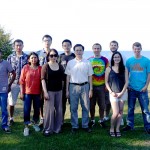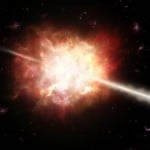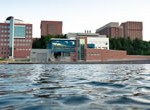
The Yap Research Group has updated its people and publications. The group is led by Dr. Yoke Khin Yap, who is interested in the fundamentals of synthesis, properties, and applications of functional materials, which include B-C-N nanostructures and more. Dr. Yap is the director of the Engineering Physics PhD program and a recent recipient of the Michigan Tech Bhakta Rath Research Award. His group of two research colleagues, a postdoc, five graduate students, and five undergraduate students is interested in synthesis, characterization and application of nanomaterials.

